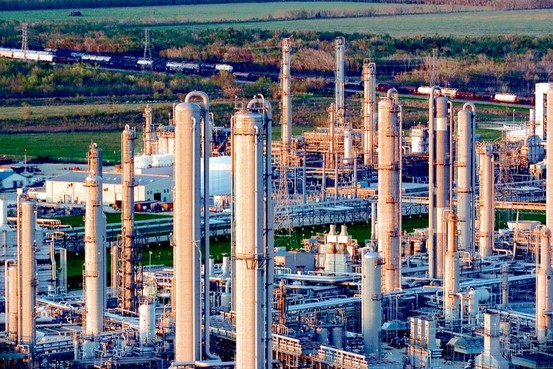Enterprise to build propane dehydrogenation plant on Texas Gulf coast
Enterprise Products announced Thursday that it will build a world-scale propane dehydrogenation (PDH) unit on the Texas Gulf coast, with the capacity to consume up to 35,000 bpd of propane to produce up to 1.65 billion lb/year (750,000 tpy or 25,000 bpd) of polymer-grade propylene (PGP).
The facility would integrate with Enterprise’s existing natural gas liquids (NGL) and propylene facilities, the company said.
Investment terms and a specific site location were not disclosed.
The PDH facility is expected to begin commercial operations in the third quarter of 2015. It will be supported by long-term, fee-based contracts executed with companies that have investment-grade debt ratings, Enterprise said.
For propane feedstock supply, the PDH unit will utilize Enterprise’s NGL fractionation and storage system on the Texas coast. By 2015, with completion of previously-announced expansions, Enterprise plans to have 708,000 bpd of NGL fractionation capacity, which would provide up to 177,000 bpd of propane supply.
 In addition, Enterprise says the facility will be supported by its 100 million bbl of NGL and petrochemical storage facilities in the Texas Gulf coast region.
In addition, Enterprise says the facility will be supported by its 100 million bbl of NGL and petrochemical storage facilities in the Texas Gulf coast region.
In 2015, the PDH unit will also be complemented by Enterprise’s 5.3 billion lb/year (2.4 million tpy or 80,000 bpd) of propylene fractionation capacity, which fractionates refinery-grade propylene to produce PGP.
The integration of the PDH unit with Enterprise’s propylene fractionation facilities would provide operational reliability and flexibility for both processes, the company says.
Enterprise also has PGP storage facilities and a 102-mile pipeline system, capable of delivering PGP to 18 downstream customers and to international markets through the partnership’s propylene export terminal in Seabrook, Texas.
“We are excited to announce the extension of our propane value chain with the addition of the PDH facility,” said A.J. “Jim” Teague, executive vice president and chief operating officer of Enterprise’s general partner.
“This project is a natural fit and integrates beautifully with our midstream system of assets. With access to reliable supplies of propane, this new facility will give us feedstock flexibility in addition to providing our customers with unsurpassed reliability and optionality.”
 Construction and ongoing operation of the unit would require approximately 1,500 to 2,000 temporary and full-time jobs, the company said, adding that it is working with local jurisdictions and the state of Texas to obtain the economic development approvals necessary to site the PDH facility.
Construction and ongoing operation of the unit would require approximately 1,500 to 2,000 temporary and full-time jobs, the company said, adding that it is working with local jurisdictions and the state of Texas to obtain the economic development approvals necessary to site the PDH facility.
“The opportunity for this PDH project is directly attributable to the success producers have achieved in the growth of NGL-rich natural gas production through the development of the shale and non-conventional resource plays in the United States,” said Teague.
“This has led to a rebirth of the US petrochemical industry. By switching their feedstocks from more costly, imported crude oil derivatives to domestically produced ethane, the US ethylene industry is now one of the lowest-cost producers of ethylene in the world.
“The impact of this change in feedstocks, however, has resulted in a decrease in the associated production of propylene. Since 2006, the supply of propylene as a co-product from the ethylene industry has decreased in the aggregate by approximately 5.8 billion pounds and has contributed to periodic shortages of propylene.
“Our PDH unit will utilize growing supplies of domestically produced propane to provide another source of competitively priced polymer grade propylene.
“This is a great success story for the US economy by helping to maximize the value of US energy production, investing in domestic energy infrastructure, creating US jobs and reducing US reliance on imports of crude oil derivatives,” Teague said.






Comments